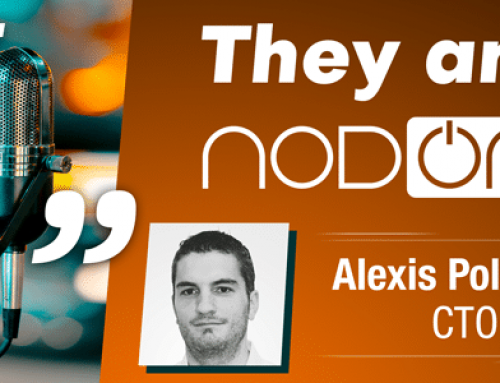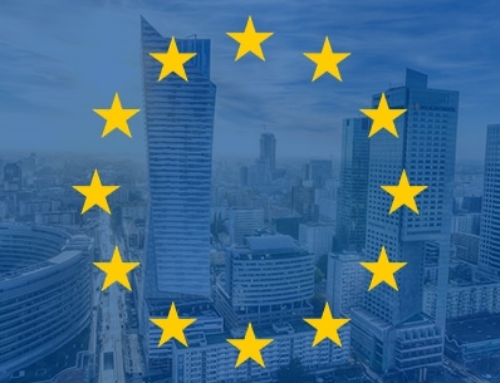
1 – Kevin, can you tell us about yourself and your background?
If we go back a long way, I think I always liked to destroy everything… Breaking things to see what was working inside, and also to be able to understand the technologies that were used in the objects that surround us daily.
Then this led me to study engineering, I started with a Bachelor of Science in Engineering, and then I studied motorization design for the automobile.
Following two things, the crisis in 2008 and a strong desire to continue my studies, I did a master in industrial design, which lasted five years and allowed me to acquire a huge amount of knowledge about this profession.
This path of decisions finally took me to China, allowing me to meet Thomas, the CEO of NodOn.
2 – What are your main tasks at NodOn?
So my main tasks at NodOn are quite varied as the team is quite small, we have to manage different facets of the business.
I work mainly on project launch, so their progress from A to Z: the launch, the development, and the progressive follow-up.
Whether it’s for external clients or even internal projects, for example, the new products that NodOn is going to release next year, my mission is to develop them.
3 – Can you name 3 qualities that are essential for this position?
One of the first is curiosity, that is to say that we must remain open to everything that surrounds us to be able to try to find technologies, to find processes, to find objects that can improve our daily life.
The second is team spirit, because despite the fact that our team is diverse, we are few in number. So we have to be able to rely on our colleagues, whether it is to share our knowledge, but also everything that will be the development of the company and products.
And the last one is going to be the creativity, which is an integral part of my daily job. My main mission will be the creation of new products, trying to find new technologies or technological arrangements, concerning technologies that we already know and that we will simply try to improve in terms of use.

4 – Regarding the different values of NodOn, which one speaks to you the most and why?
So in the values of NodOn, obviously it speaks to me a little all, because they are strong values attributed to our company.
But I think that innovation fits me the most, at least for me this value comes before benevolence, passion and ambition. In my job, as a creative manager who innovates every day, I think a lot about new designs, ideas and products. So I can say that the value of innovation is a strong pillar that represents well my job and especially the value of NodOn.
5 – What do you like best about your work?
In my job, what I really appreciate is to have the chance to work on projects that are completely diverse, while aggregating technologies that are quite new and recent.
When I say recent, I’m talking about energy harvesting, everything that is also new communication systems that are very interesting when we can integrate them into our products.
6 – Finally, what do you think about the evolution of the domotics market and its future?
So the home automation market is a booming market, and this is not recent. We have a lot of objects around us that are quite common and that we use today that are already connected objects. The most common one is the phone, which is still quite criticized today because of the security flaws and all the psychological aspects that we still ignore. But this phone also allows us to have an ease of life and a real improvement of speed, it is even seen by some as a new sense, the sixth human sense.
After that, there are much more banal and everyday objects that we carry around with us, such as bank cards: they allow us, thanks to the chip that is a microcomputer, to secure banking transactions. This is done on very efficient networks to be able to validate a transaction between banks and services.
Concerning the future, home automation is for me the increase of safety and comfort, but above all a real decrease of our environmental footprint through the management of our energy architectures.



Leave A Comment